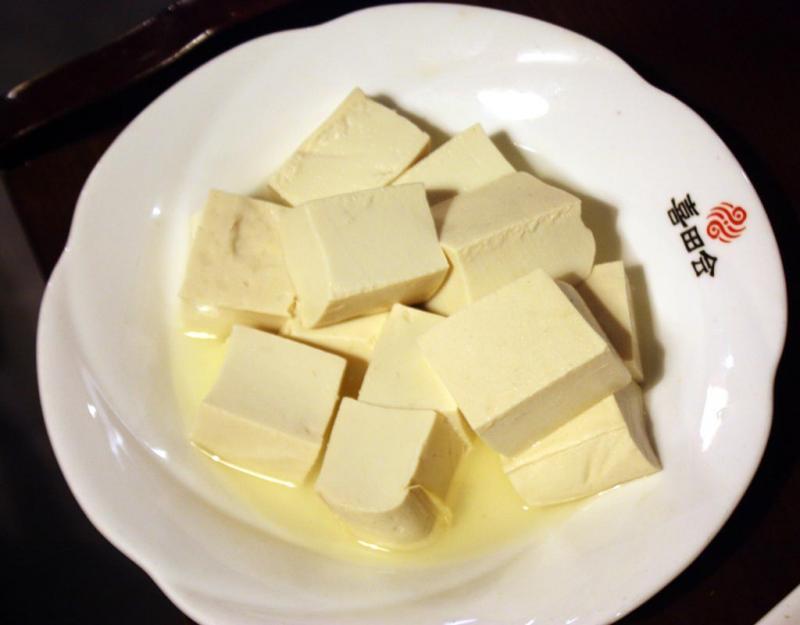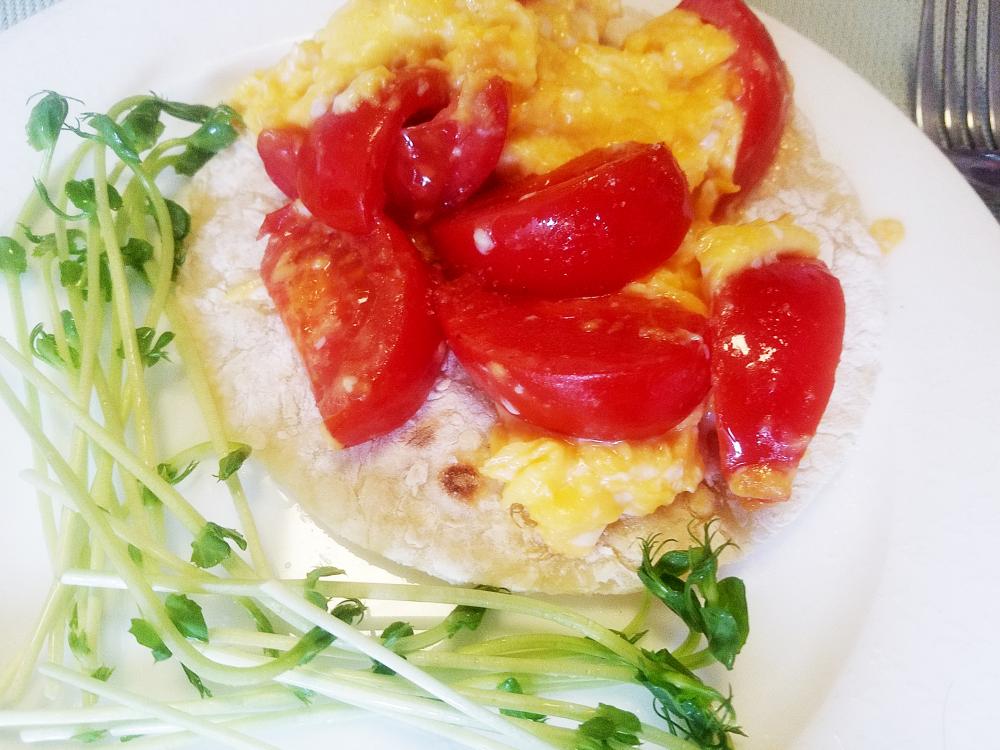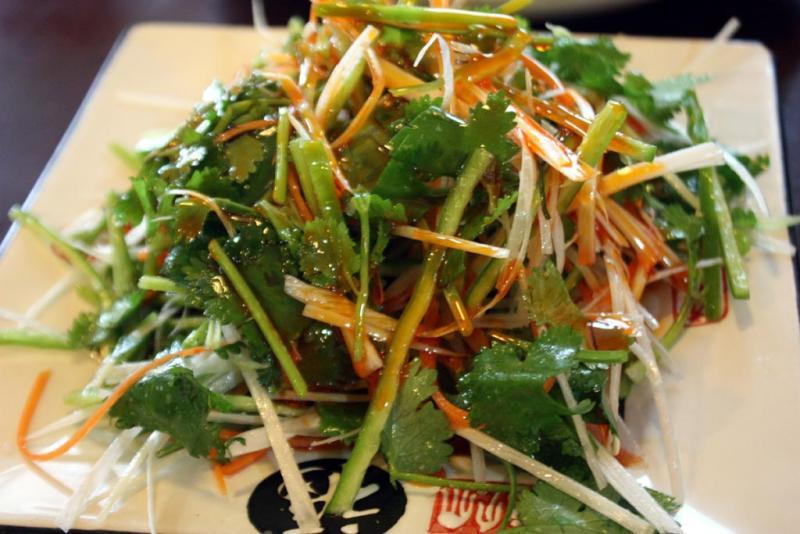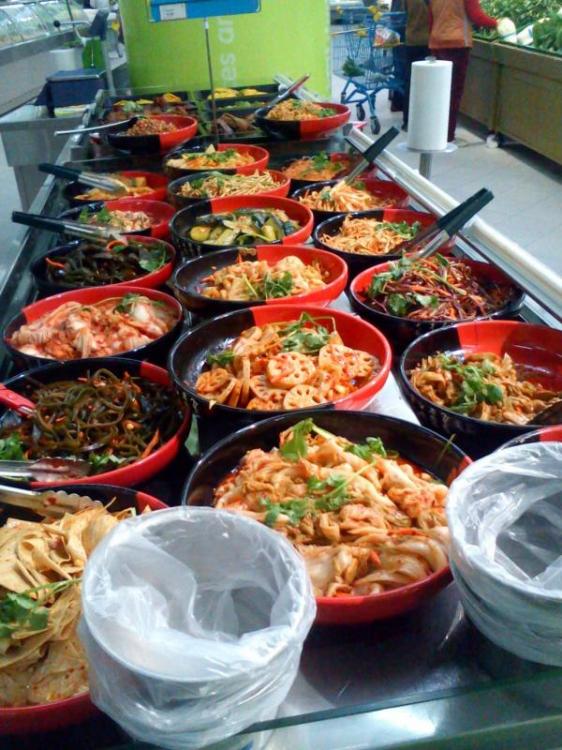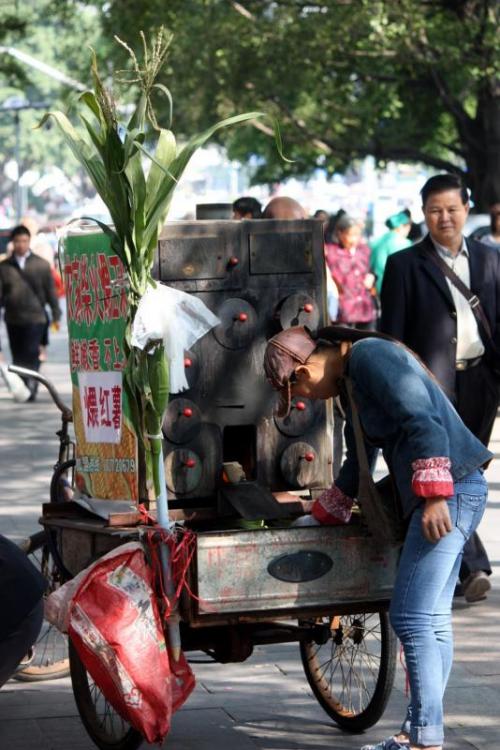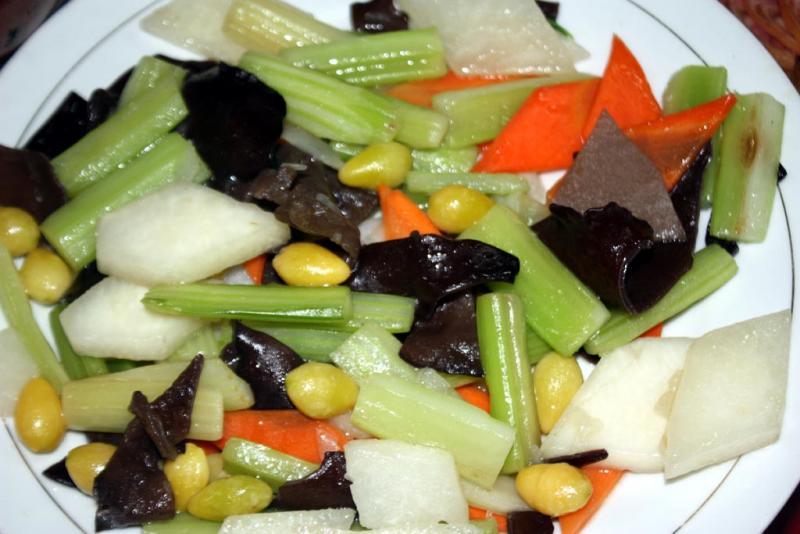Lunch and Dinner
Apologies for the late serving of lunch and dinner. Work found where I was hiding and demanded my attention.
China doesn't really differentiate between lunch and dinner, in the sense that the same dishes could be served at either. Family home lunches often include leftovers from the previous evening's dinner and dinner will have lunch's leftovers. Also, I don't remember ever coming across a restaurant in China which had separate lunch and dinner menus.
(In fact, last night's dinner could equally well turn up for breakfast.)
Again, if you are self-catering there is no problem other than being overwhelmed by choice. For those dependent on restaurants etc, again it becomes difficult, for the reasons given above.
I've been checking out the internet and the suggestions there.
One common suggestion is to try to find hot pot restaurants. These are basically self-catering in a restaurant setting. You order up the ingredients you want and cook them yourself in the boiling broth in the centre of the table. Common vegetarian ingredients include tofu in various forms (try frozen tofu for an interesting texture), mushrooms of all kinds (fresh and dried), noodles (often vermicelli or glass noodles, lotus root, potato, bean sprouts, broccoli, various marrows, pea leaves, coriander / cilantro, seaweed, taro, etc etc.
Tofu
Sounds great, but there is a problem. They are going to bring you a big bowl of boiling stock to cook your goodies in. And it is 100% certain that the stock won't be vegetarian. Most will be chicken based although the very popular Sichuan style spicy hotpot base traditionally uses both beef dripping and beef stock. I have a Chinese hot pot cookbook in front of me now. It has 34 different soup bases. Not one is vegetarian.
I had a conversation last night with a Chinese friend in which we discussed the best way to deal with this problem. We agreed that they aren't usually going to make you a vegetable stock. They are far too busy. Even if you ask for vegetable soup, they are going to add chicken (probably stock cube or powder). So you ask for plain boiled water. They will understand that and bring you a glass of hot boiled water to drink. Finally we settled on the clumsy phrase “要一锅开水代替汤底 yào yī guō kāi shuǐ dài tì tāng dǐ” which means “I want a pan of boiling water as a replacement for the soup base.” We are still highly sceptical that this would actually work. Someone in the kitchen will probably decide to perk it up with a bit of animal - and MSG.
And even if it did work, you would have to effectively make your own stock with the boiling water and some initial vegetation; otherwise you will just be eating boiled mushrooms.
Perhaps a better idea is to find one of the many restaurants which hand you a ticket when you arrive, then you wander up and down a long line of cooking stations pointing and choosing the ingredients and food you want. They stamp your ticket and, in theory, when you get back to your table (don't forget which number it is – these places can be huge) the food may well have already arrived. The ticket becomes your bill.
You will still have the problem of guessing what is in pre-prepared things like dumplings and steamed buns (almost certainly meat - see breakfast above). But the chances of hitting on something acceptable is higher than choosing from a undecipherable menu.
Many places have picture menus which may help. But remember that pictures of food often hide a multitude of things. The pictures are not usually over-stylised or fake, but you can't, in particular, know what oils or stocks are being used or what is lurking beneath or within.
Egg and Tomato
I have to mention egg and tomato (西红柿炒鸡蛋 (xī hóng shì chǎo jī dàn) aka 番茄炒鸡蛋 (fān qié chǎo jī dàn).
This renowned dish has kept any a vegetarian alive while in China, although one friend who was here for three years has sworn never to eat egg and tomato ever again. It may not be on the menu, but there isn't a cook in China who doesn't know how to make it. It is the first dish all Chinese kids learn to cook. Basically, just scrambled eggs with tomato and maybe some spring onion/scallion. Dead simple. There are a zillion recipes and videos on the web.
Noodle Places
Some noodle places do vegetarian options. One big chain is the Japan/China franchise operation – Ajimen. They have a few vegetarian options. Menu has pictures and English.
Here in town, we have a Hong Kong noodle place which has a couple of vegetarian options. Again an English translation and pictures.
Salads
China seldom does salads as they are known in the west. Many or most people have a strong aversion to eating anything raw, mainly for hygiene reasons (see below).
Two exceptions.
Smacked cucumber with garlic (蒜泥拍黄瓜 suàn ní pāi huáng guā), originally from Sichuan but popular everywhere.
Tiger salad (老虎采 lǎo hǔ cǎi). There are two versions: one from northwest China up near the border with Siberia and another from the far west. Both are very good. The one pictured is the NW variety. Not so easy to find, but if you do, I heartily recommend it.
Tiger salad
Most supermarkets do a variety of Chinese style ‘salads’ or prepared dishes which can make up a great lunch. You can see what you are buying (usually).
Supermarket 'salads"
Happy Birthday
Be very wary of birthday cake! I don't think the Chinese ever really got the baking concept. Their ‘bread’ is nearly all cake and their cakes nearly all fat. Pig fat. Yes. They make birthday cakes using lard. Not always but often!
Travel Food
Accept it now. You are not going to get a vegetarian meal on a plane or train anywhere in China. Some airlines (actually they are all the same airline – they all belong to the government. We are communist here.) have claimed to offer vegetarian meals if you book them five years in advance or something similar. I've never heard of anyone receiving one.
Do what the locals do (for different reasons). Stock up on snack foods. Peanuts, potato chips/crisps, fruit, chocolate, candies, cakes and cookies. Work out how much food you need for the duration of your journey, then buy twice that.
You will see lots of people eating instant pot noodles on trains. Each carriage has a boiling water supply. The pot noodles aren't vegetarian either.
A round up of photos
Buns - vegetarian
Street Food - Roast Corn and Roast Red Potato
Mixed vegetables - one of my favourite banquet dishes
I have a little more to add -mainly summary and some random thoughts that otherwise escaped. Later.


